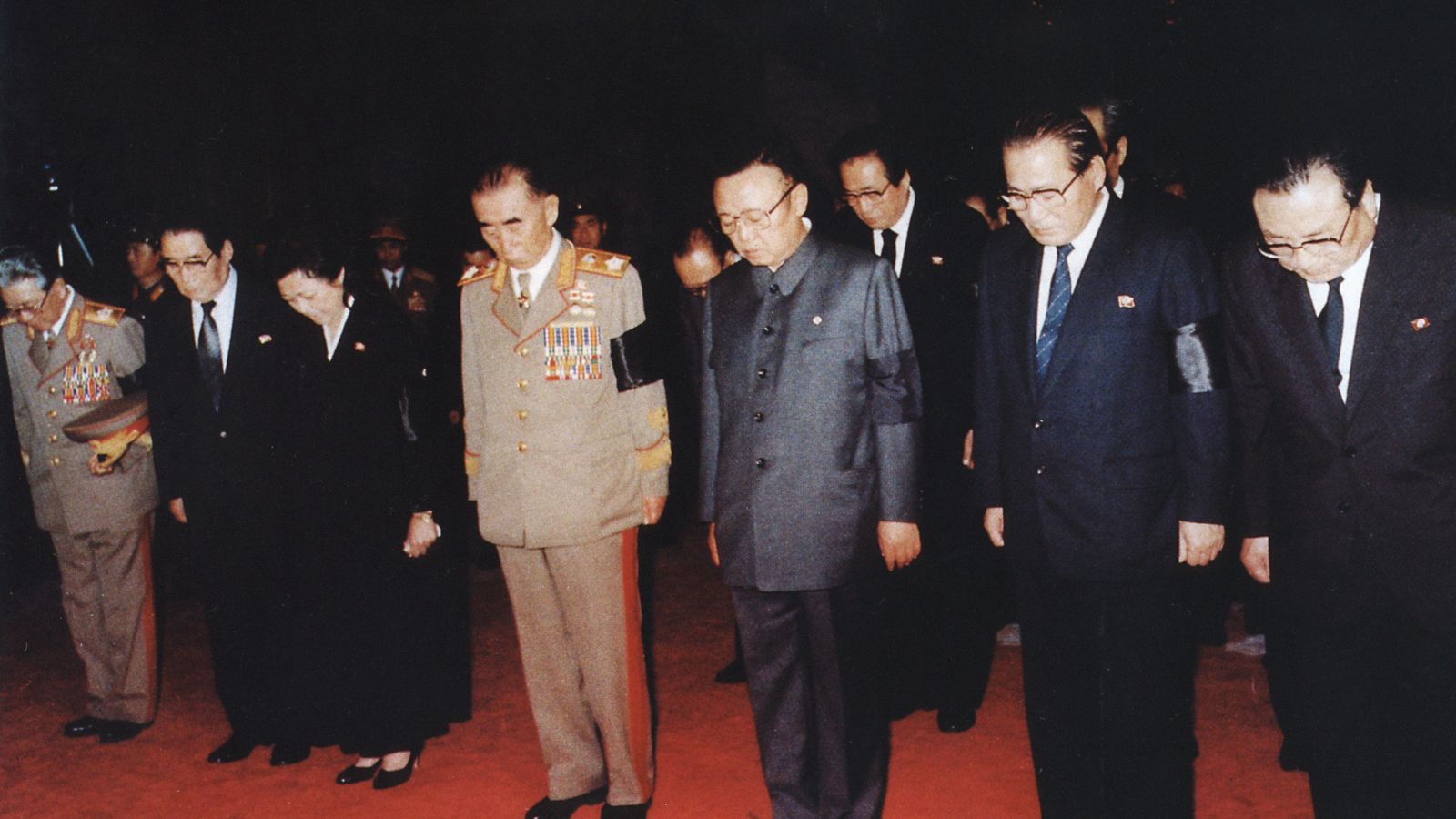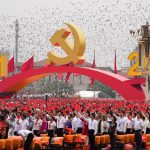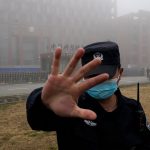Kim Yong Ju, the younger brother of North Korea founder Kim Il Sung, has died, according to state media.
Kim Yong Yu was regarded as being the country’s second most powerful figure before his nephew Kim Jong Il became ruler in 1994.
North Korean state media has not reported exactly when he died. According to Seoul’s Unification Ministry, he was born in 1920, meaning he was likely to be either 100 or 101 at the time of his death.
Kim Jong Un, the grandson of Kim Il Sung, expressed “deep condolences” over the death and sent a condolence wreath, the official Korean Central News Agency reported.
The agency’s report says: “Kim Yong Ju devotedly struggled to implement the (Workers’) Party’s lines and policies and made a contribution to accelerating socialist construction and developing the Korean-style state social system, while working at important posts of the party and the state for many years.”
Three generations of the Kim family have ruled North Korea since Kim Il Sung established the country in 1948. When Kim Il Sung died in 1994, his eldest son, Kim Jong Il, inherited power.
Kim Jong Un is the third and youngest son of Kim Jong Il and assumed power upon his father’s death in 2011.
North Korea breeding ornamental black swans for meat as Kim Jong Un battles ongoing food crisis
North Korea: Soldiers break bricks, lay on glass and throw knives as Kim Jong Un smiles on
North Korea: Kim Jong Un calls for improving people’s lives amid ‘grim’ economic situation
During Kim Il Sung’s rule, many outside experts viewed Kim Yong Ju as the North’s second most powerful official or even his brother’s heir apparent.
He held a slew of top posts such as director of the organisation and guidance department and member of the Politburo, both at the ruling Workers’ Party.
In 1972, he represented North Korea in signing a landmark peace accord with South Korea, the rivals’ first major joint communique on unification.
Kim Yong Ju gradually faded from the political scene after Kim Jong Il took over his Workers’ Party department director post in 1973, a move seen by outsiders as a key step in the path to succeeding Kim Il Sung.
Kim Jong Il’s position as successor was made public at a party congress in 1980.
After nearly two decades of seclusion, Kim Yong Ju was made a vice president and regained his Politburo membership in 1993.
The appointment came after Kim Jong Il had secured his status as the next leader, and experts said Kim Yong Ju did not wield substantial power in key state affairs.
He later served as honorary vice-chairman of the standing committee of the Supreme People’s Assembly, the North’s rubberstamp parliament, and as a delegate to the Assembly.
Before Wednesday’s report on his death, his last known public activity was in 2015, when state TV showed him bowing before the portraits of Kim Il Sung and Kim Jong Il after casting a ballot during local elections.






















